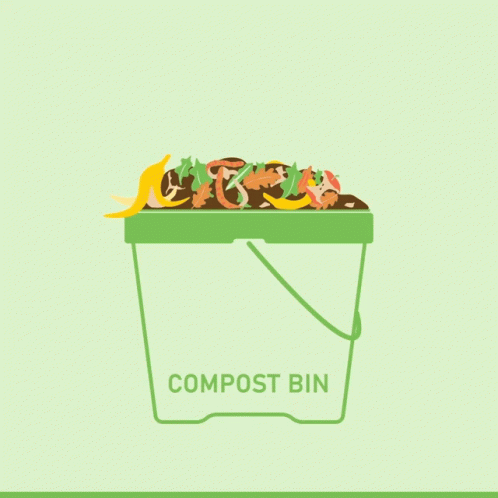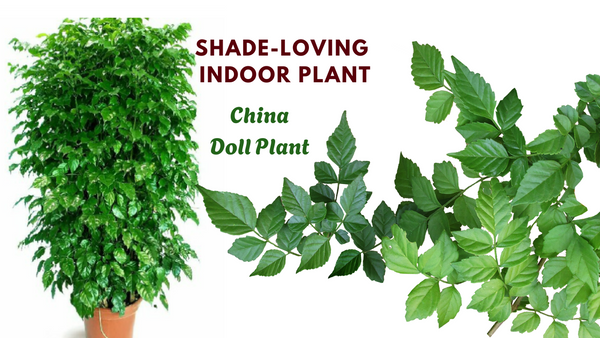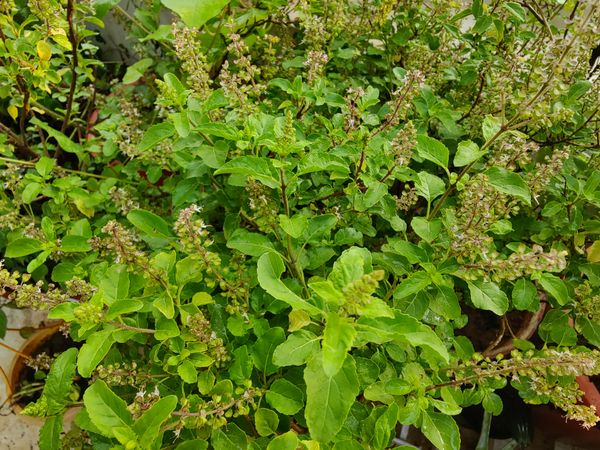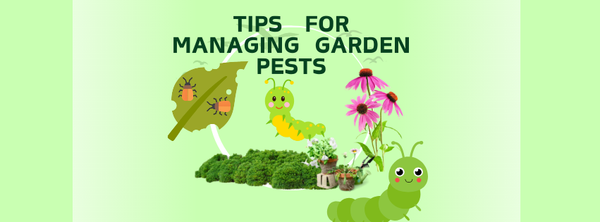The Ultimate Guide to Dry Leaf Composting 🍂🍃| Houseplants Notes 005 - Varsha Aundhia
Composting in Home Garden: Types and Techniques
Composting is the natural process of breaking down organic matter, also known as decomposition. It is an essential practice for home gardeners who wish to enrich their soil, reduce waste, and foster plant growth. While composting can occur year-round, the rate at which it takes place varies with the seasons, with faster decomposition in summers and slower progress during the rainy and winter seasons. In this guide, we'll delve into various types of composting techniques, with a significant focus on dry leaf composting, a beginner-friendly approach that's ideal for those starting their composting journey.
Types of Composting:
Aerobic Composting:
- Aerobic composting is one of the simplest and most common decomposition methods.
- It relies on the circulation of air through the composting material, making oxygen essential for the process.
Anaerobic Composting:
- Anaerobic composting is a slightly more complex method, as it doesn't involve air movement.
- This technique may require special equipment and extra care due to the absence of oxygen.
Vermicomposting:
- Vermicomposting is a challenging yet highly rewarding method.
- In this process, earthworms consume organic matter and excreta is left out as nutrient-rich vermicompost.
- It's commonly practised on farms or in specialized composting structures.
Factors Affecting Composting:
Successful composting depends on several key factors that influence the process:
Size of Raw Material:
- Smaller raw materials decompose faster because microorganisms responsible for decomposition work more efficiently on smaller pieces.
- If you're dealing with high water content substances like papaya peels, watermelon peels, or mango peels, it's advisable to dry them for a few days to remove excess moisture before using them for composting.
Carbon-to-Nitrogen (C: N) Ratio:
- The C: N ratio is crucial for effective composting. Organic matter typically starts with a high carbon content and low nitrogen content.
- During composting, microorganisms work to reduce the C: N ratio by breaking down carbonaceous material.
- Avoid adding undecomposed materials with high carbon content, such as sawdust or fresh cow dung, to your compost, as they can lead to an exothermic reaction, releasing heat energy and stealing nitrogen from the existing soil.
- To balance the C:N ratio, combine brown waste (high carbon) like dry leaves and twigs with green waste (high nitrogen) such as green leafy material or a small amount of nitrogenous fertilizer like urea, DAP, or ammonium sulfate. Aim for a ratio of 3:1 or 4:1 (brown waste to green waste).
Moisture Control:
- Maintaining optimal moisture levels at around 8% is crucial for successful composting.
- Dry waste should be added or wet waste should be dried to prevent the composting material from becoming soggy, attracting pests like maggots, flies, and worms.
- A good rule of thumb is that the compost material should feel moist, but not so wet that water drips from it. When turning the compost, you should be able to smell the moisture.
- Avoid overwatering the composting material; instead, sprinkle water as needed.
Aeration:
- Adequate air circulation is essential for composting. Make sure to introduce some air into the composting medium to promote microbial activity.
Microbial Load:
- Microorganisms play a vital role in the composting process. While some microorganisms are naturally present in the air, it's essential to supplement their presence for effective decomposition.
- Utilize materials rich in microorganisms, such as wet cow dung, panchgavya, jivamrit, or powdered microbial cultures available in the market.
- Microbial load is a critical component for decomposition to occur efficiently.
Dry Leaf Composting (Aerobic Composting System):
Dry leaf composting is a perfect choice for beginners. It's a highly efficient method that requires minimal equipment, making it both accessible and rewarding. Let's delve into the details of this simple yet effective process.
Equipment Needed:

- To start dry leaf composting, all you need is a bucket or a drum with a small hole at the bottom. There's no need for a specialized structure; you can use everyday containers.
- Ensure that you have a larger container or drum to hold the dry leaves and a small outlet at the bottom to easily remove the prepared compost.
Material Preparation:
- Before adding any plant material to your compost, be sure to inspect it for disease or decayed parts. Exclude any unhealthy plant matter from your composting mix.
- Gather dry leaves during the fall season when they naturally fall from trees. In most regions, this natural leaf drop occurs from November to December onwards. In tropical areas, it takes place from February to March. In colder regions, leaves fall from trees in October and November, while warmer areas experience this during January and February.
- Naturally fallen leaves are more conducive to faster decomposition compared to those collected from plants or trees. Therefore, collect these dry leaves and consider adding a small quantity of green leaves to create a balanced compost mixture.
Composting Process:
- Carbon-to-Nitrogen (C:N) RatioThe C:N ratio is crucial for effective composting.
- To balance the C:N ratio, combine brown waste (high carbon) like dry leaves and twigs with green waste (high nitrogen) such as green leafy material or a small amount of nitrogenous fertilizer like urea, DAP, or ammonium sulfate. A ratio of 3:1 or 4:1 (brown waste to green waste) is ideal.
- You can enhance the decomposition process by utilising materials rich in microorganisms, such as wet cow dung, panchgavya, jivamrit, or powdered microbial cultures available in the market.
- The dry leaf composting process typically takes around five to six months to complete.
Usage of Compost:
- The compost produced through dry leaf composting is a fantastic addition to your gardening endeavours. You can use it in your pots, for your plants, and in planting beds for trees.
- You may also employ a "khamba," a specialized composting container, for this purpose.
Dry leaf composting is an eco-friendly and practical way to enrich your garden soil. It's a satisfying process that turns what might have been waste into a valuable resource for your plants. By following these simple steps, you can enjoy the benefits of nutrient-rich compost.
I have successfully experienced this process. My plants look healthy and so felt like sharing with you all ...
for...
Happy gardening!
Love from Varsha Aundhia!
Be in touch and express your views... 'cause together we grow.





